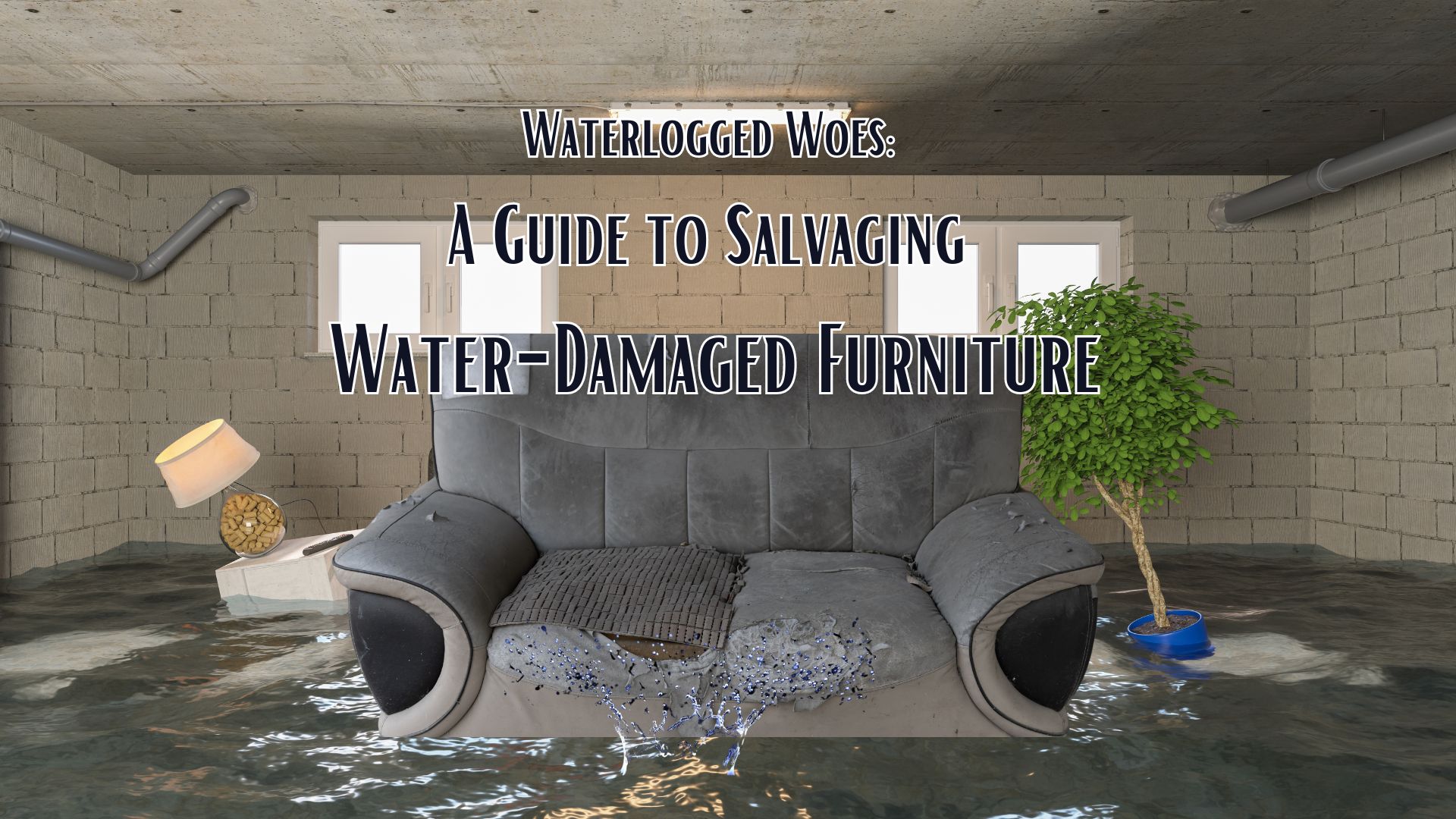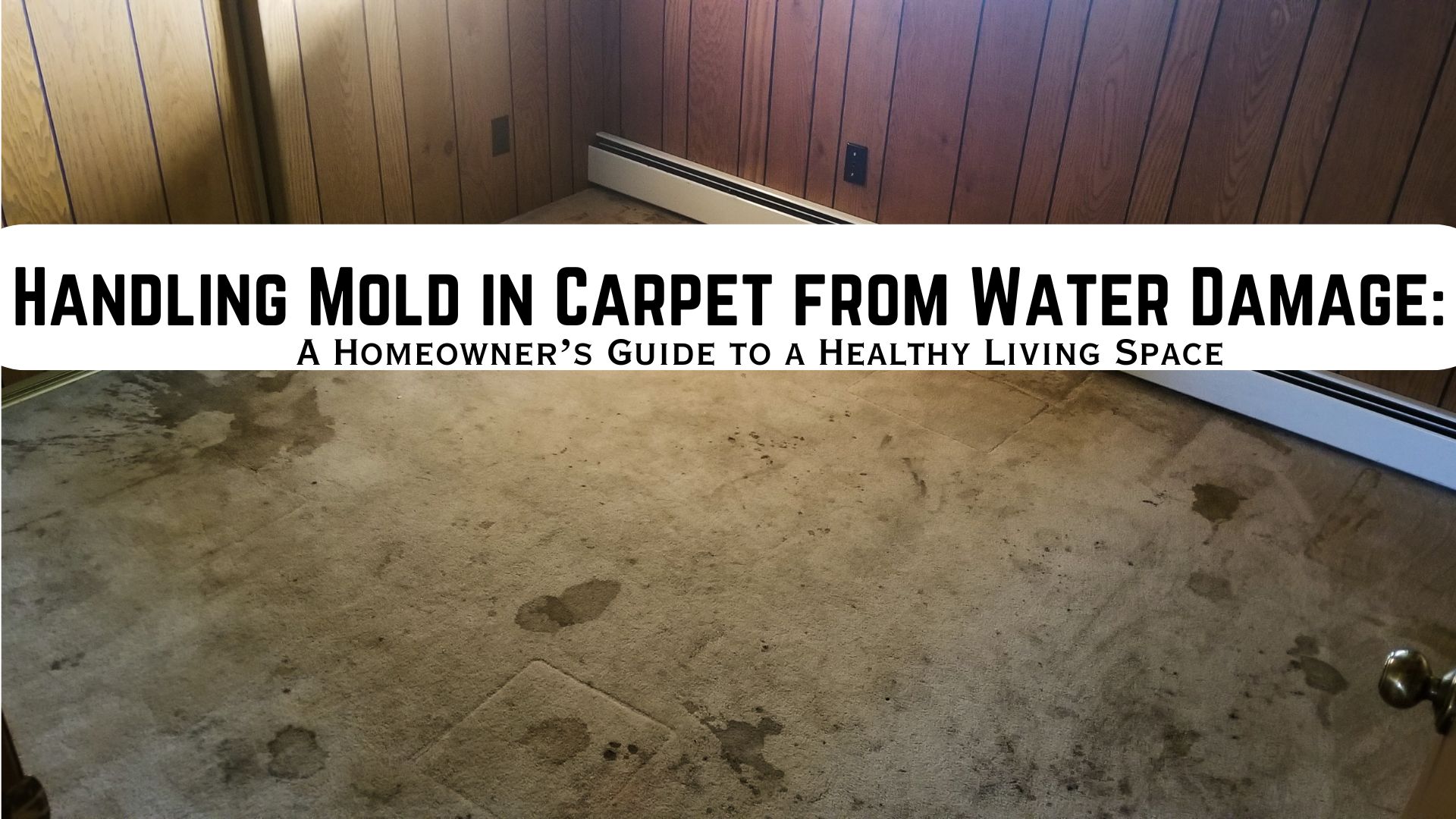In this blog post, we’ll explore how to repair water damage ceilings and the crucial step of identifying the source of the leak.
Have you ever noticed dark spots forming on your ceiling? These telltale signs of water damage could be caused by a burst pipe, a leaking bathroom faucet, or even a roof leak. The challenge with water damage is that it’s often hidden, making it difficult to identify the damage’s source and extent until it’s too late. Not only can this pose hazards to the floors above, but it can also lead to mold growth.
Identifying the Source of the Leak
-
Unraveling the Cause
The initial step in addressing water-damaged ceilings involves identifying the source of the leak. Leaks can originate from multiple places like a compromised roof, burst pipes, or plumbing issues. Conduct a thorough inspection starting from the affected area and trace back to potential sources to pinpoint the exact cause.
-
Dealing with a Hole in the Ceiling
For water damage ceilings that feature a visible hole, immediate attention is imperative. Begin by securing the affected area to prevent further collapse or additional water ingress. Temporary measures, like placing a bucket beneath the hole, can mitigate immediate damage. However, a permanent fix involves patching the hole, often requiring professional assistance, especially for larger openings.
-
Addressing Clogged Gutters and Drainage Issues
Clogged gutters and inadequate drainage systems significantly contribute to ceiling water damage. Regular maintenance, including gutter cleaning and ensuring proper downspout placement, helps prevent water buildup that could seep into ceilings. Addressing these issues promptly can minimize the risk of water damage.
Repair Water Damage Ceilings
Identify the Source of the Leak: Repairing water-damaged ceilings starts with identifying the source of the leak. This can be complicated, especially when the leak is small and not easily visible. If you’re handy with tools and the damage is minor, you may be able to handle the repairs yourself.
However, in cases where the contamination could be hazardous or the damage extensive, it’s best to seek professional help from a water damage restoration company.
Drying the Water Damage: Once you’ve eliminated the source of the leak, focus on drying the water-damaged areas. Use vacuums and fans to speed up drying and prevent further damage. Prompt action is crucial to avoid mold growth and structural issues.
Replacing Water Damage Ceilings: If water has caused severe damage, such as ceiling drywall buckling or dripping through the ceiling, replacement may be necessary. Be cautious when dealing with bulging ceilings, as it could indicate a large amount of water accumulation just above your head. Always proceed with care, and if unsure, enlist the expertise of professionals to handle the restoration work.
Water Damage Restoration and Mold Prevention
For extensive damage, professional water damage restoration services may be necessary. These experts use specialized equipment to extract water, thoroughly dry affected areas, and apply treatments to prevent mold and mildew. Preventing mold growth is critical and requires both thorough drying and sometimes anti-microbial treatments.
Safeguarding Your Home from Water Damage Ceilings
Water damage ceilings, originating from leaks, holes, or clogged gutters, demand immediate attention and appropriate repairs. Quick identification of the source, meticulous drying, and effective restoration are vital in preventing further issues such as mold growth and structural damage.
Whether through DIY fixes for minor damage or professional restoration for extensive issues, taking timely action is key to restoring a water-damaged ceiling and maintaining a safe living environment.
By addressing these concerns and taking proactive measures, homeowners can mitigate the impact of water damage on their ceilings and safeguard their homes from potential hazards.
Water damage ceilings require immediate attention and proactive measures. Identifying the source of the leak and taking prompt action in drying the affected areas is vital to prevent further harm and mold growth. While minor repairs can be handled independently, extensive damage requires professional assistance.
Always prioritize safety, and don’t hesitate to seek help from water damage restoration experts to ensure a thorough and effective restoration process. Remember, addressing water damage early can save you from significant headaches and expenses.
For emergency water damage restoration services, please contact Superior Restoration, today!




